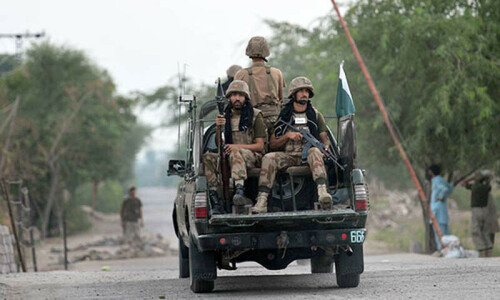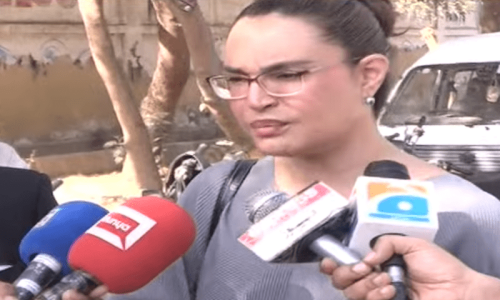LAHORE: A new study has found that Sindh’s plan to turn Thar lignite (brown coal) into gas and liquid fuels to generate power, produce fertiliser and run transport is unfeasible due to complex, unreliable technology, exorbitant project costs and environmental impact.
After thorough scientific investigations, the study concludes that no matter how irresistible, burning Thar coal to power Pakistan will cost so much in the long run that it will just not be worth it.
“It is a bad business decision. It is a bad scientific decision. It is a bad decision for the environment. It will make generations of Pakistanis pay a great price for a destroyed ecosystem that they will never be able to repair,” concludes a techno-economic assessment study of the proposed coal gasification project in Thar by a group of researchers at the National University of Science and Technology (NUST).
The study ultimately finds that Thar coal could have been an option to produce energy if it made some financial sense, especially when it is compared to cheaper, cleaner and greener energy sources such as solar and wind power.
It costs Rs36 to Rs100 to produce one unit compared to Rs8.92 of solar or wind power
“Besides, it doesn’t have the chemical and physical qualities to withstand exposure to high temperatures needed to change it into gas.”
The study, funded by the Policy Research Institute for Equitable Development (PRIED), estimates that it will cost at least Rs36 to produce a unit of electricity. If the cost of carbon capture technology is also added, the per unit generation price will exceed Rs100. Compared to this, the K-Electric has recently procured solar and wind power for a mere Rs8.92 per unit.
The study says coal gasification produces cleaner and more flexible fuel than burning coal directly. But, it adds, “it is more complicated and expensive than burning coal directly, needs high temperatures and pressure conditions and advanced equipment. It uses more energy and water than burning coal directly, which lowers its efficiency and leads to more environmental damage”.
No wonder, most projects elsewhere have faced funding, government policy change and environmental restrictions.
“Coal gasification plants are difficult to design and run compared to normal coal plants. They need major upfront investment and take a long time to set up and test run. This makes such projects risky – both technologically and financially. These projects often end up costing more than their planned or estimated costs. This is exactly why many projects have failed. In the early 2000s, only two projects were completed out of 25 in the United States. Even those two were built at much higher price tags than their initial costs and, that too, without the planned carbon capture element,” the study explains.
An earlier experiment costing Rs8.8bn in 2010 for a new type of underground coal gasification pilot project to fuel a 100MW power plant in Thar also failed because such an undertaking still has a long way to go before its broad commercial use becomes a reality. Underground coal gasification process avoids surface disruptions caused by traditional methods but has a global history of failures. It also comes with a big red environmental flag as it poisons groundwater, makes the ground sink and does not guarantee that the gases produced could be taken out of the earth in a controlled manner.
According to the study, the ‘coal rush’ in Tharparkar has already uprooted hundreds of families from their native lands.
“Their water supplies have dried up or become poisonous. Coal development companies have been producing more and more wastewater, which they dump wherever they like. The villages of Tilwaiyo and Warwai (in Thar Coalfield Block I) and Jamun Sammo and Bithra (in Thar Coalfield Block II) are the most affected. Over the past several months, several camels, cows, sheep and goats have died in these villages. All of Tilwaiyo’s wells became unusable after the mine developers began dumping wastewater from the mine into the village’s grazing land. At least 50 camels and large herds of sheep and goats have also died since then. The local residents have spent five months and Rs700,000 to dig a new well to cater to the needs of around 250 families and 500 animals living here.”
“On paper, coal gasification seems to be a better choice than direct coal burning for power generation because it is less dirty. But gasification technology is complicated, expensive and prone to failures. Solar power needs even less money to produce electricity. It also emits almost no greenhouse gasses and consumes negligible amounts of water compared to both ordinary power plants and those running on coal-gasification technologies,” concludes the study.
Published in Dawn, October 14th, 2024











































